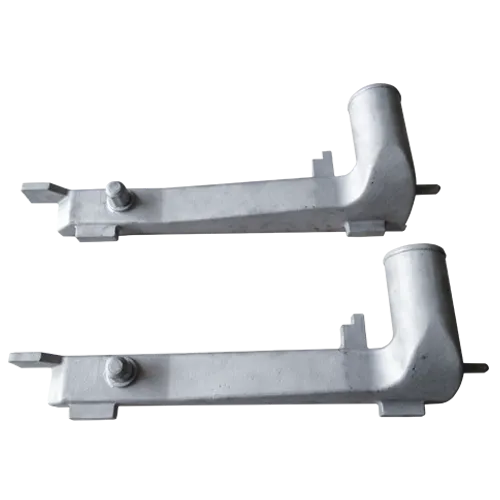Mobile:+86-311-808-126-83
Email:info@ydcastings.com
Sand Casting - Precision Metal Casting Solutions
Understanding Sand Casting A Traditional Manufacturing Process
Sand casting, one of the oldest and most versatile metal forming processes, has stood the test of time due to its effectiveness and adaptability. This technique involves the use of sand as a primary molding material, making it an accessible and economical option for a wide range of metal casting applications.
The sand casting process begins with the creation of a pattern, which is typically made from materials such as wood, metal, or plastic. This pattern is a duplicate of the final product and is used to create a mold in the silica sand. The mold is formed by packing sand around the pattern, often mixed with a binder to ensure stability. Once the pattern is removed, the hollow cavity left in the sand represents the shape of the final component.
Next, molten metal, usually aluminum, iron, or bronze, is poured into the mold cavity. The choice of metal depends on the required properties of the final product, such as strength, weight, and corrosion resistance. As the molten metal cools and solidifies within the mold, it takes on the shape of the cavity. This cooling phase can vary in duration depending on the size and thickness of the casting.
sand casting

After the metal has completely solidified, the sand mold is broken away to reveal the cast piece. This is often followed by cleaning processes, which remove any excess sand and imperfections from the surface. Depending on the end use of the component, additional finishing processes such as machining, grinding, or polishing may be required to achieve the desired surface quality and dimensions.
One of the major advantages of sand casting is its ability to produce large and complex shapes that would be difficult or impossible to create with other methods
. It is also suitable for both small and large production runs. However, the process does have its limitations, including potential issues with surface finish and dimensional accuracy, which can sometimes necessitate additional machining.In recent years, advancements in technology have enhanced the sand casting process. Innovations such as 3D printing for pattern making and improved sand materials have helped overcome some of the traditional limitations. As industries continue to evolve, sand casting remains a crucial method for producing high-quality metal components across various fields, including automotive, aerospace, and heavy machinery manufacturing.
In conclusion, sand casting is a time-honored technique that combines traditional methods with modern technological advancements, ensuring its relevance in today's manufacturing landscape. Its versatility and utility make it a favored choice for engineers and manufacturers alike.
-
Why Should You Invest in Superior Pump Castings for Your Equipment?NewsJun.09,2025
-
Unlock Performance Potential with Stainless Impellers and Aluminum End CapsNewsJun.09,2025
-
Revolutionize Your Machinery with Superior Cast Iron and Aluminum ComponentsNewsJun.09,2025
-
Revolutionize Fluid Dynamics with Premium Pump ComponentsNewsJun.09,2025
-
Optimizing Industrial Systems with Essential Valve ComponentsNewsJun.09,2025
-
Elevate Grid Efficiency with High-Precision Power CastingsNewsJun.09,2025











